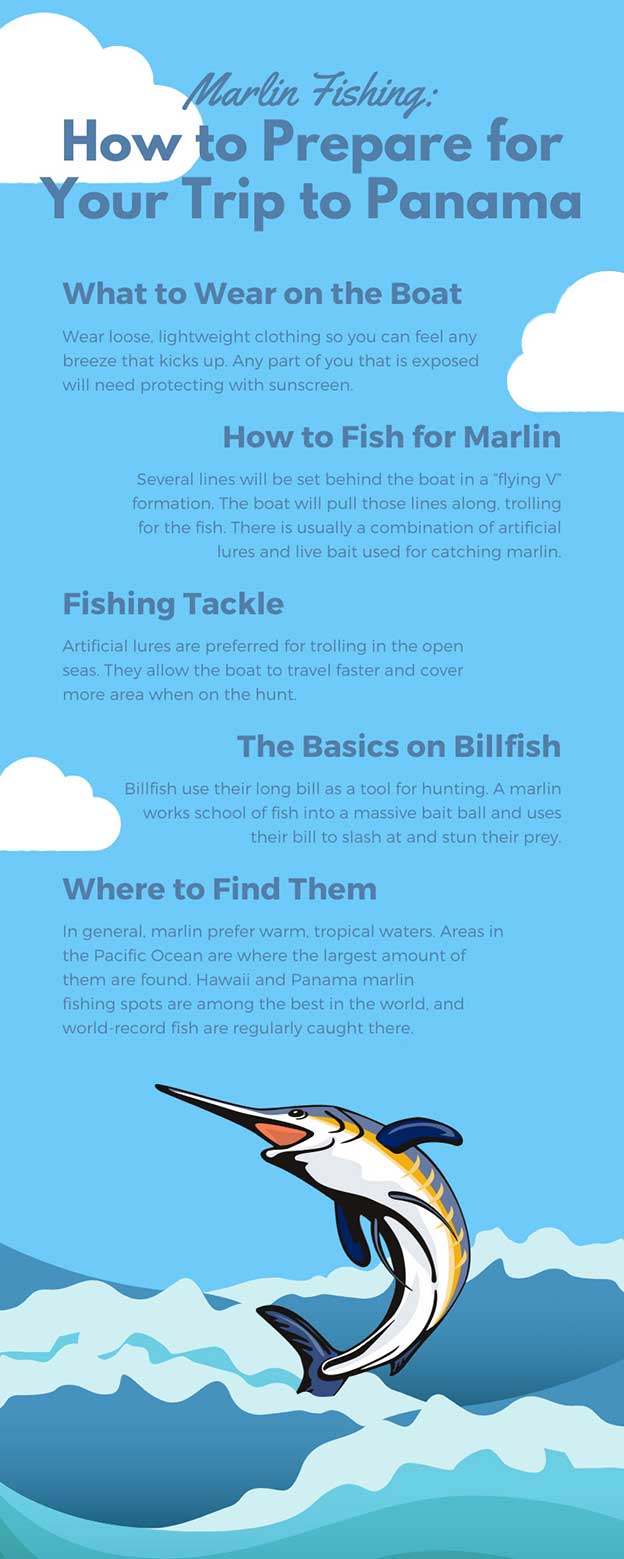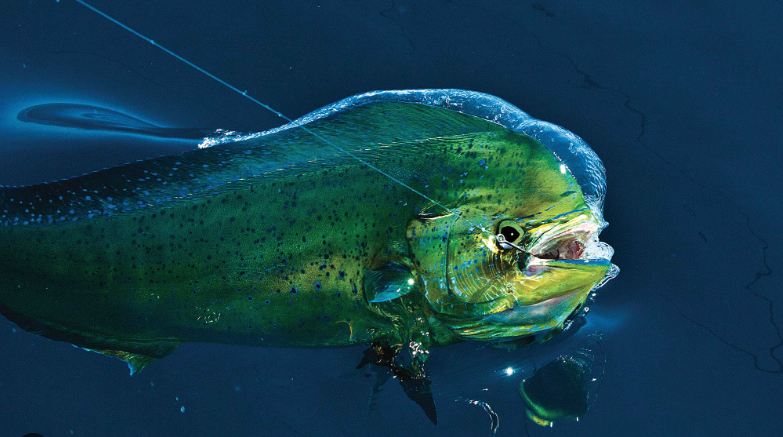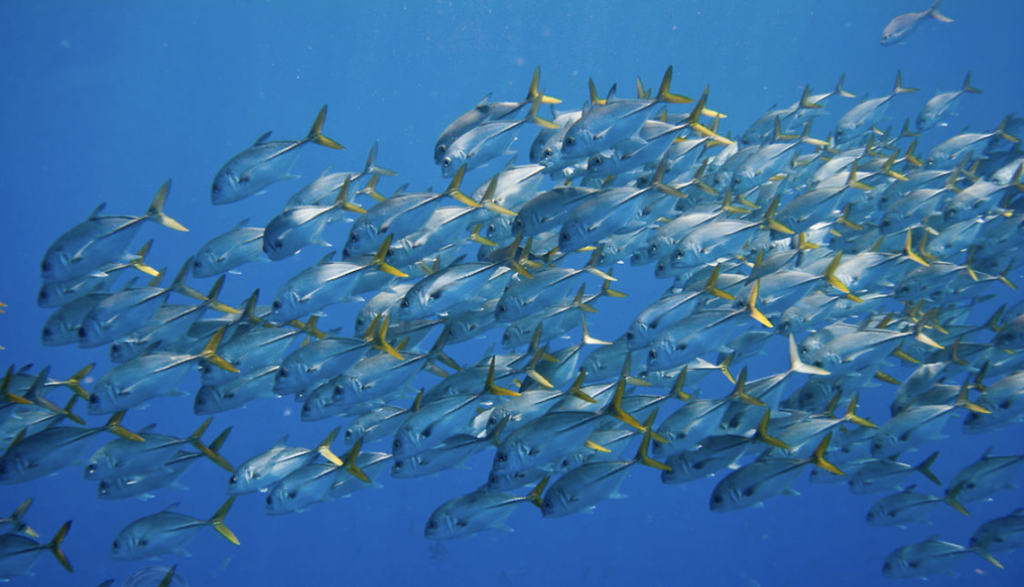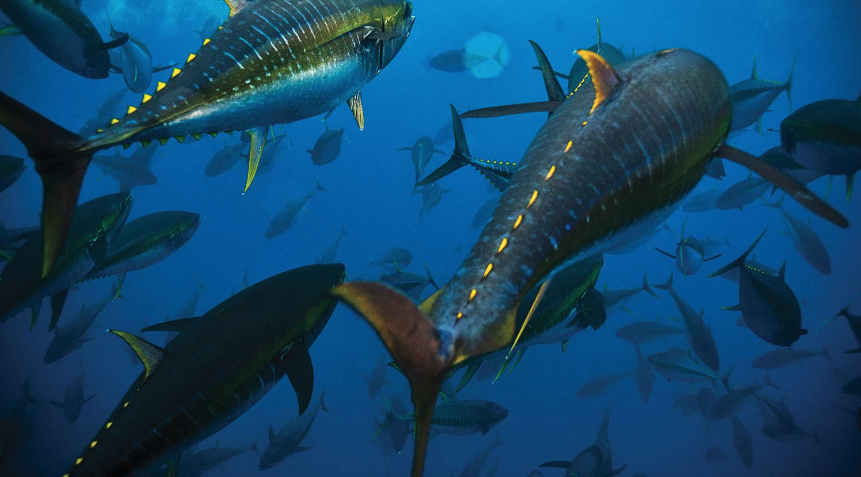Fishing for marlin is the ultimate adventure for anglers. It’s the World Series and Super Bowl of fishing; there’s no bigger prize. Marlin fishing is the biggest challenge available for anglers short of catching a blue whale, which we don’t recommend. Catching any species of marlin is the holy grail of fishing and the experience of a lifetime. Marlins are fast, powerful, athletic, and will put on an aerial show worthy of the Olympics when hooked. Even hooking into a monster marlin is a full commitment; there are no time-outs in this game.
Now that you know what you’re in for, you had better prepare for the fight and study your opponent. Learn all that you can about marlin: their habits, where they are, how big they get, and how to catch one and reel it in. Before you book a trip and put a line in the water, here’s all you need to know about how to prepare for your trip to Panama and marlin fishing.
What to Wear on the Boat
On the water, there is no shade to hide from the sun. The boat will have a cabin to duck into if the relentless sun rays become too much, but you can’t catch any fish from inside the cabin. A full-brimmed hat and sunglasses is a good start, but it won’t be enough. Those only protect you from the sun overhead. The rays bounce off the water and get you from below too. Wear loose, lightweight clothing so you can feel any breeze that kicks up. Any part of you that is exposed will need protecting with sunscreen. People forget to cover the top of their feet with protection and suffer from weird and painful sunburns if they wear sandals.
How to Fish for Marlin
These are basic fishing tips only. When you book a charter, the captain and crew will have everything you need to catch a grander, including the expertise. Use this information so you know what you are getting into before setting out. Even basic information is better than none.
Marlin fishing isn’t like bass fishing. You don’t cast bait and reel it in over and over. Several lines will be set behind the boat in a “flying V” formation. The boat will pull those lines along, trolling for the fish. There is usually a combination of artificial lures and live bait used for catching marlin. Because marlin are highly predatory and aggressive fish, they respond to the splash and trail of an artificial lure. Live bait should be used when the fishing area is smaller and not as much territory needs covering. When using live bait, the boat must travel slower so the bait doesn’t die. Once there is a strike, and a fish on the line, the boat will slow and the other lines will be pulled in, so they don’t tangle up. The rod is pulled from the holder, given to an angler, and the fight is on. Be ready for a long series of pulls and cranks on the reel for hours to bring the monster in.
Fishing Tackle
The tackle used to catch marlin is important. You don’t want to travel for hours to the fishing grounds only to realize the rods, reels, and lures aren’t good enough, or strong enough, to catch a marlin. The rods need to be sturdy enough to survive the fight that 1,500 lb marlin is going to give when it’s hooked. There is no right or wrong reel or rod to use, only strong or weak. Artificial lures are preferred for trolling in the open seas. They allow the boat to travel faster and cover more area when on the hunt. Most lures are handmade by some legendary craftsmen and have world records associated with them. The charter boat and captain will have everything you need to catch a trophy fish.
The Basics on Billfish
The most sought-after sport fish in the world are billfish. The family of billfish are predatory and are distinguished by a large size, prominent bills, beautiful markings, and enormous dorsal fins. There are only nine billfish species: blue marlin, black marlin, striped marlin, white marlin, sailfish, long bill spearfish, short bill spearfish, Mediterranean spearfish, and round scale spearfish. This is a small group when compared to the snapper family that has 113 different fish species.
Billfish use their long bill as a tool for hunting. A marlin works school of fish into a massive bait ball and uses their bill to slash at and stun their prey. They will swim through the middle of the ball and spear or stun the baitfish and eat them as they float to the surface. Marlin are solitary creatures and don’t swim in a school. Sometimes they will swim in pairs, but this is rare. Because of their enormous size, they don’t have many predators, only Great White and Mako sharks and humans. A female marlin can spawn four times a year, releasing seven million eggs into the water each time. Less than one percent of those eggs will survive into adulthood. The females live up to 27 years in the wild, while the males only live up to 18 years.
Where to Find Them
In general, marlin prefer warm, tropical waters. Areas in the Pacific Ocean are where the largest amount of them are found. Hawaii and Panama marlin fishing spots are among the best in the world, and world-record fish are regularly caught there. Chiriquí, Panama is the best port for sport fishermen to set out from on the marlin hunt. The Australian coast, Mediterranean Sea, Caribbean Sea, and Atlantic Ocean are all water that marlin frequent, but where they are depends on the time of year. Marlin are migratory fish and spend their lifetime roaming the open seas, following the food. Where they are and where they are going depends on what time of year it is. They cover a lot of territory, but they do it consistently. Fishermen know where marlins will migrate because they go to the same places year after year. That way, patterns develop that scientists can track. The longest known migration of any marlin species was a white marlin. In 1995, it was caught and tagged near Bahamas, and then it was caught again in 1996 near Portugal. The marlin traveled 3,300 miles across the open ocean in 17 months.






